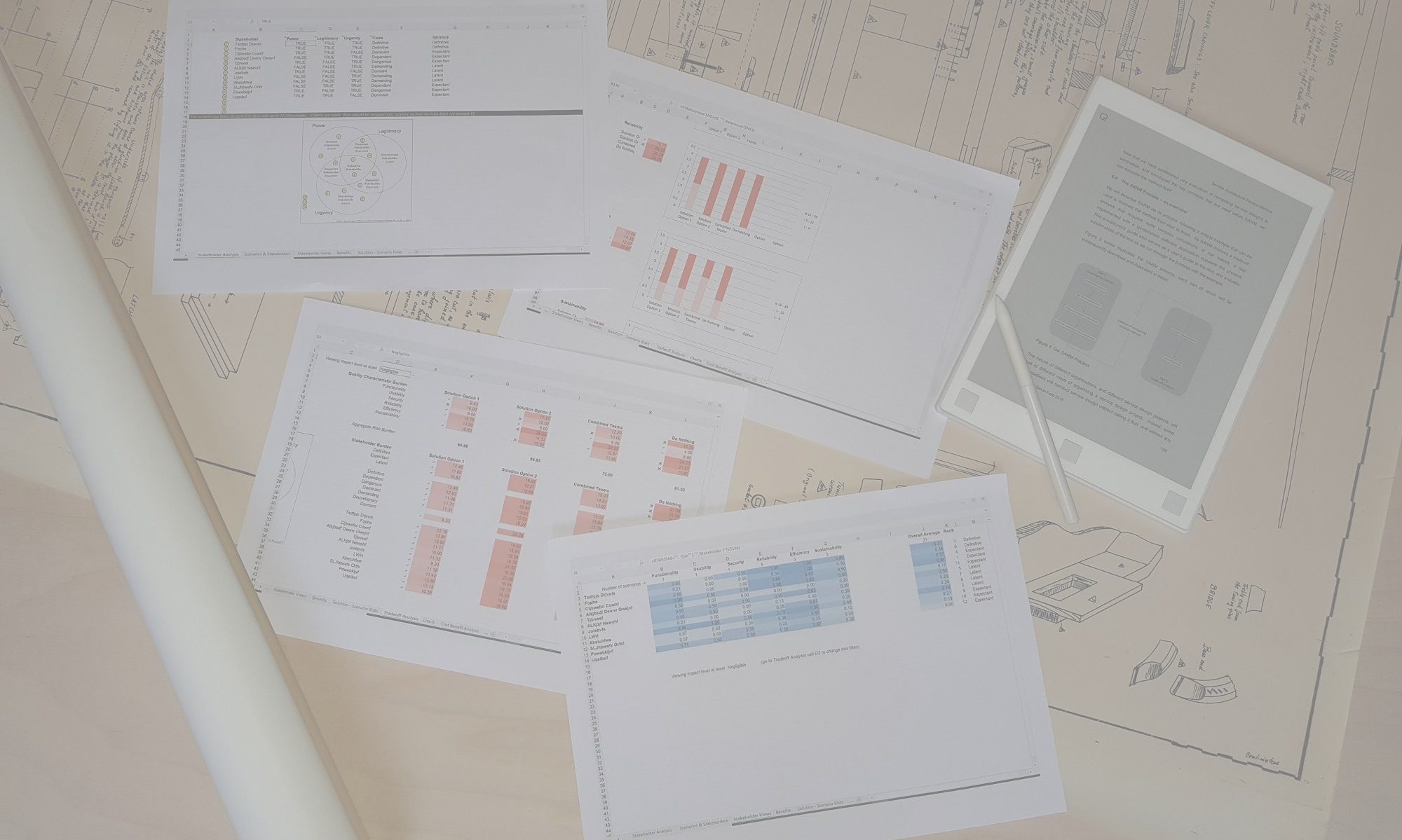Innovative use of SARM, especially of its ability to represent an alternative quality model, has led to some further improvements which are now being passed on in the form of version 8.7 of the spreadsheet tool.
Information to support the tradeoff analysis has been extended with the addition of a new worksheet, “Sub-characteristics”. This follows immediately after the “Tradeoff Analysis” worksheet and it allows the user to compare the risk scores for each solution option by Sub-characteristic. This worksheet will have to be changed to reflect any changes to the default Quality Model, but the changes are simple and instructions have been provided in the User Guide page for the new tab.
Version 8.7 also introduces an alternative mathematical basis on which ‘Quality Characteristic Burden’ risk scores are calculated. In previous versions, these scores were calculated by summing all scenario risk scores that were associated with a given Quality Characteristic, and dividing that total by the number of such scenarios. This approach is still available, and is called “Averaging by Scenario”. The new alternative approach is called “Averaging by Sub-characteristic”. With this approach, the risk burden for a given Quality Characteristic is derived by first calculating the average risk score for each Sub-characteristic that belongs to that Characteristic. These are then averaged. The first method effectively gives equal weight to each scenario within a Characteristic, while the second method gives equal weight to each Sub-characteristic within that Characteristic. You can toggle between the two methods in the Tradeoff Analysis worksheet.
You can request version 8.7 of the spreadsheet tool from the Download page.

